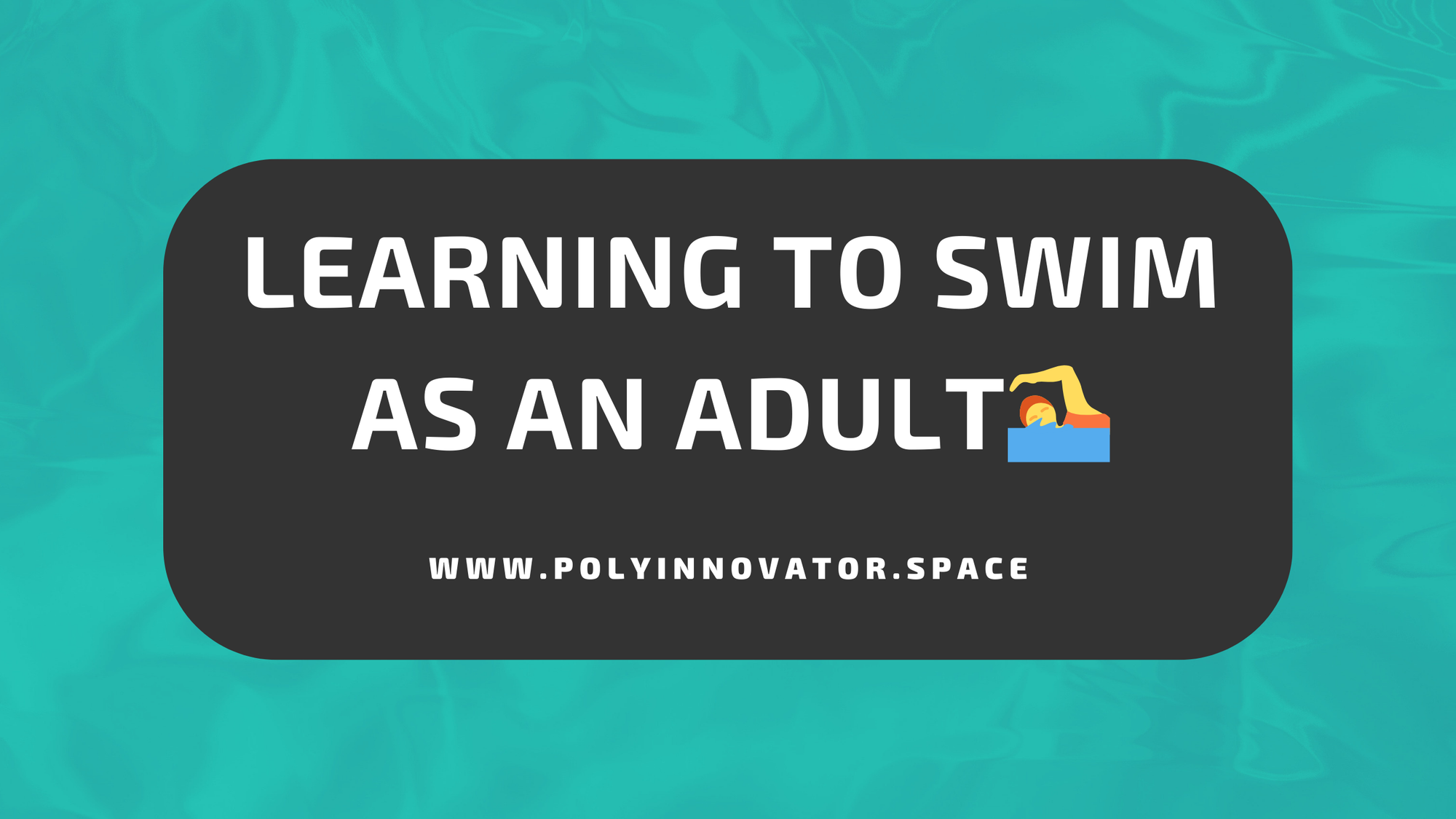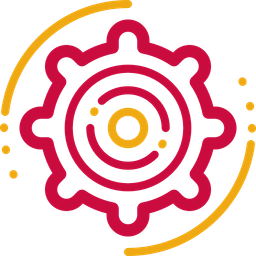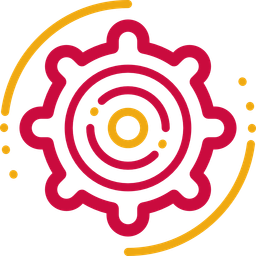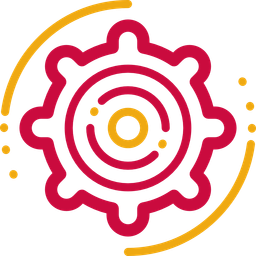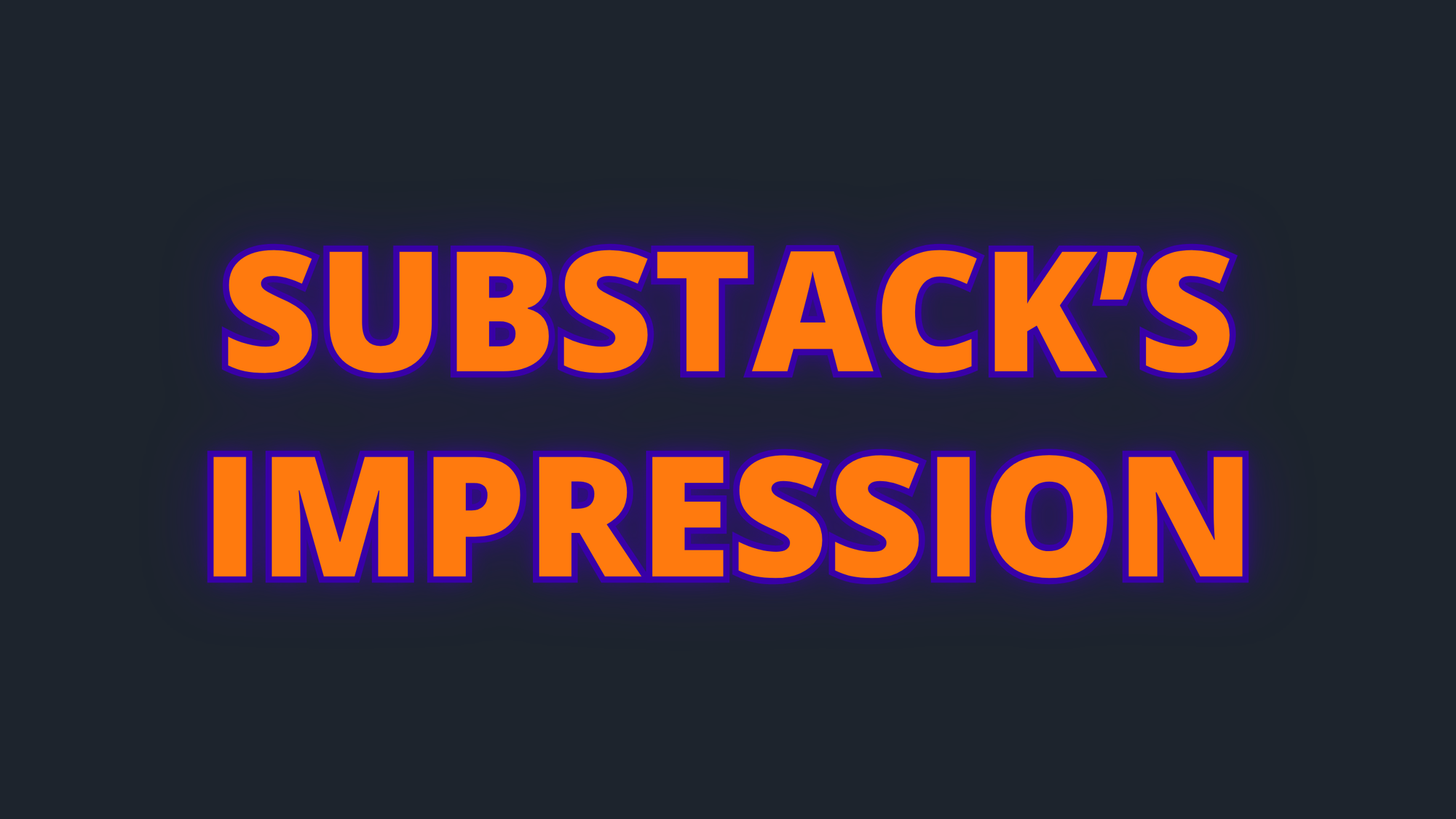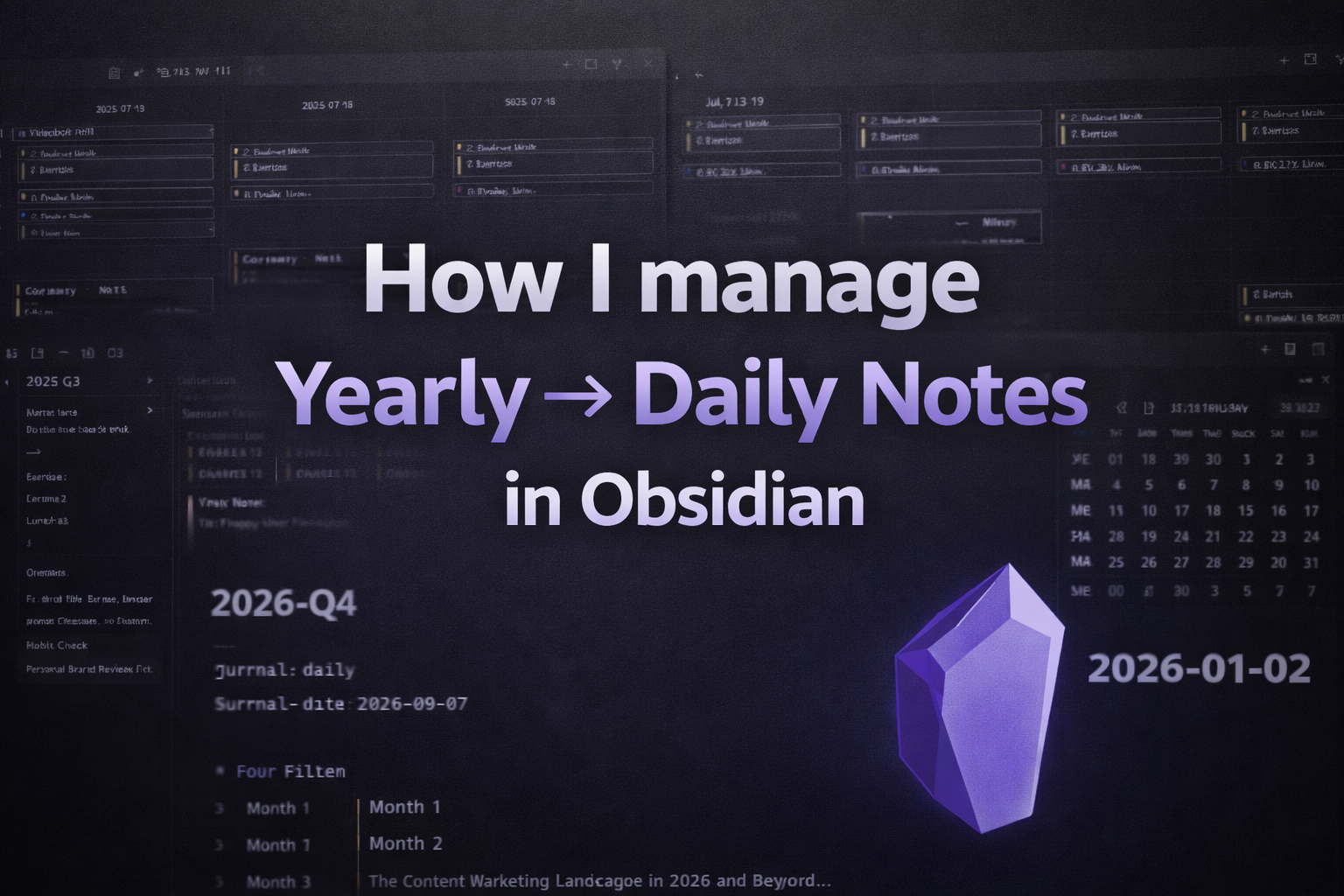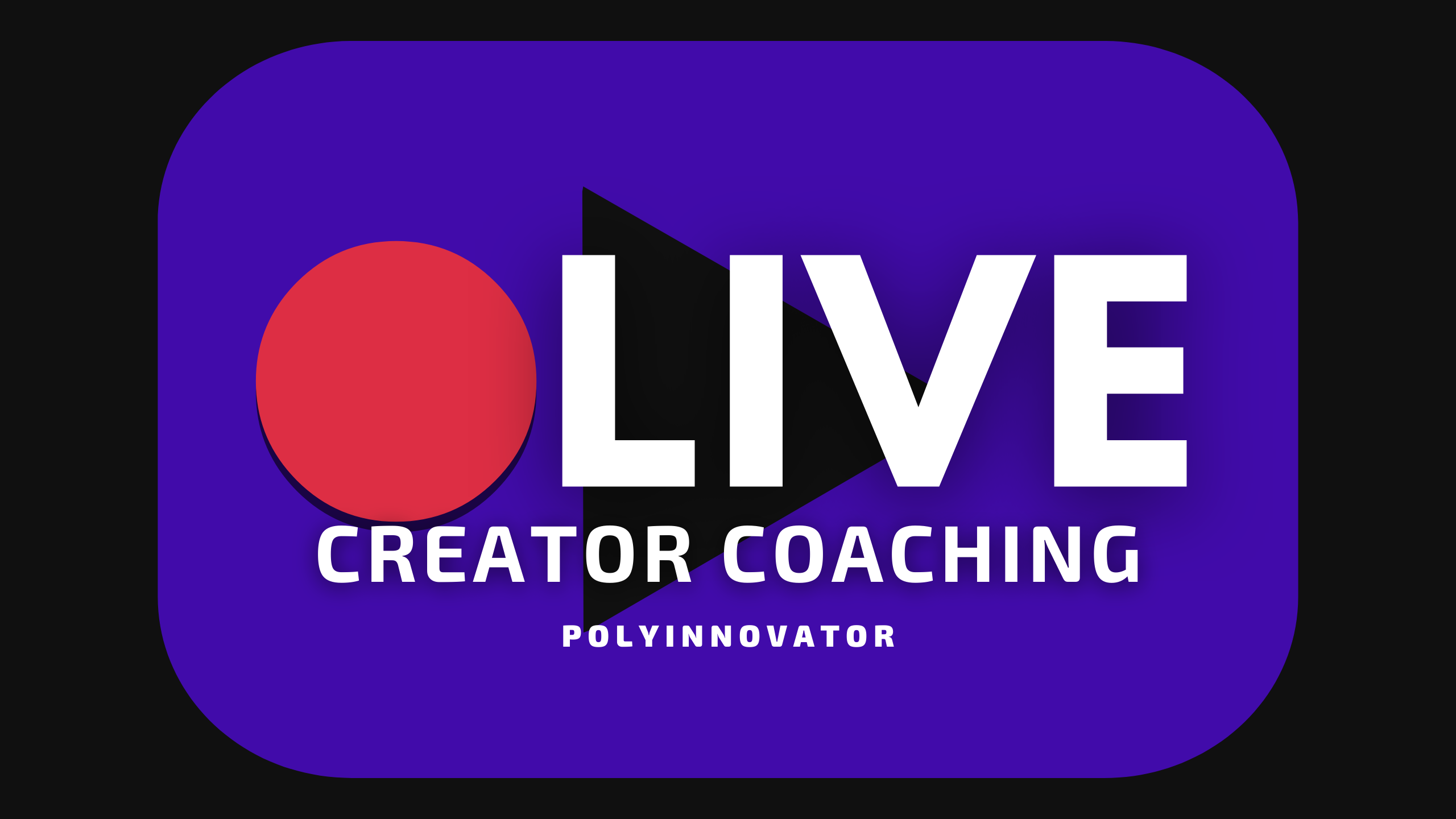Over the last decade I have taught people of all ages to swim, and what I often find really fun as a coach to do... is to teach adults how to swim. For whatever reason someone might have learned when they were young.
Some were thrown in as kids, which can be very traumatic, and others simply never got around to learning it. Regardless of which you are it is a simple process to learn.
Easy? No. Simple, yes!
I teach through a system of checks and balances, which means that I check what you know. Then we balance it out with what you need to learn. If you pick up one skill, then we balance it and make sure you don't forget the previous one. I.e. if we are focusing on arms, then I make sure you still keep your legs kicking.
Why is it important?
You never know in what situation you'll be in, there could be a beach or pool party that you go to. Perhaps you want to compete in a triathlon, or maybe you just want to make sure you don't drown in a lake/river.
Regardless of your motivation, there are a number of reasons to learn.
It also is a major physical exertion, which would help 99% of you to get stronger and leaner. It is one of the best cardio exercises in the world, and it also builds full body strength.

How do you learn?
Learning from a newsletter is not how you go about doing it, but you shouldn't put it off either. You NEED to be in the water practicing, however you don't know what you don't know.
While it is better to have a coach there with you to keep you from training incorrectly. The worst thing would be to train the muscle memory to learn the wrong way of doing things, and then have to retrain that later.
However if you follow my 3 Steps of Swimming, then you'll be able to know what to do in order to move. Remember swimming is about movement, it isn't about breathing.
You must first learn how to get from point A to point B, and then you can learn to breath to the side.
I made each post (at least the ones pertaining to skills) for you to read, then put into practice into the water. It takes time for the muscles to remember, and for your brain to wrap around the concepts. Then putting them into physical expression. The mind-body connection is a crucial factor, and a lot of people struggle with that.
My intention for you is to start putting into practice what you read, and even if you just read it all at once. Trying to remember the details each time you go into the water. I always ask every swim lesson, even the adults, what are the 3 Steps to Swimming. Looking for that verbal confirmation that they remember the steps, and that they can reference them quickly.
What I look out for as a teacher, is how quickly you recite them, and how correctly you do it. Each word was picked carefully, so that you remember this mnemonic at a moment's notice IN THE MIDDLE of Swimming. Self-correction is the most powerful learning modality.

What is the next step?
If you are not able to find a swim coach near you, which can be difficult given the lack of people becoming coaches/lifeguards over the last few years. Then I would suggest reading the rest of my newsletter here for reference.
This isn't just me plugging in my content, as I literally made it for THIS purpose. I can't teach everyone, and so the best way to disseminate my knowledge to you (or others) is to make it into bite sized chunks. You can read one entry every time you go, and then put that lesson into practice THAT DAY. In the pool.
Conversely, some of you may want to take in all of the information in at once, which each post is pretty short. Meaning you could probably get through all 90 of them within an hour.
I'll also be finishing my "How to Swim: The Philosophy and Hydrodynamics of Swimming" book hopefully soon. Which would instill all of what I can offer you into one piece.
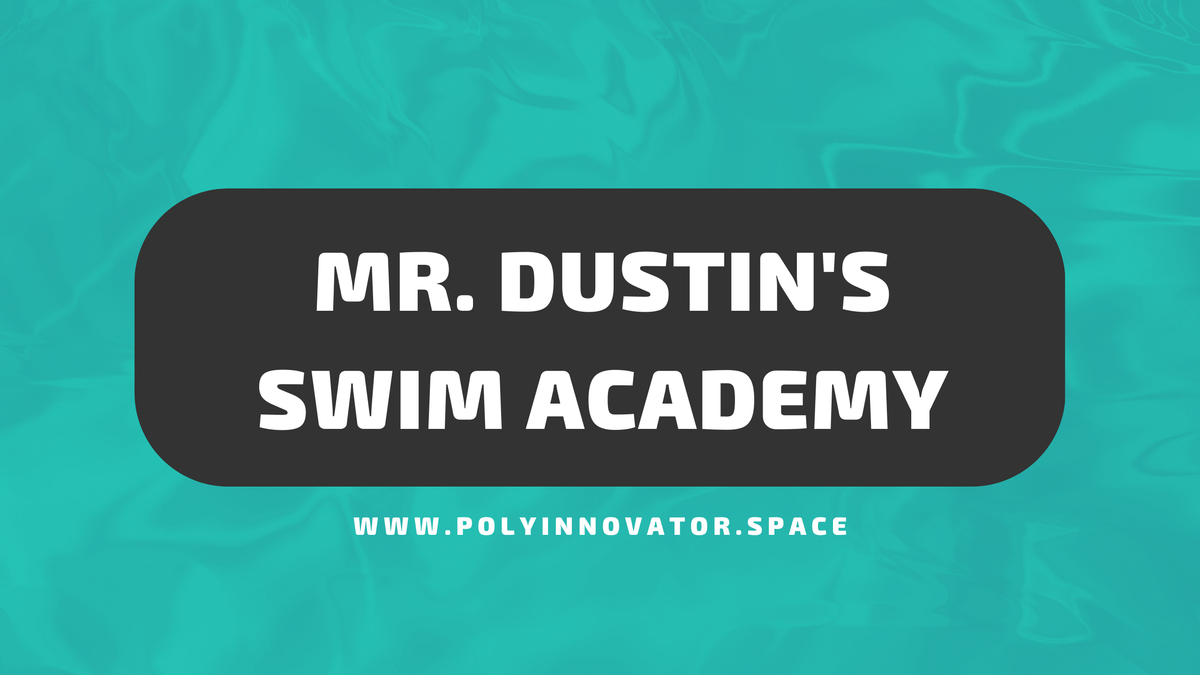

![Official Website for Dustin Miller PolyInnovator [LLC]](https://polyinnovator.space/content/images/2025/03/polyinnovator-logo-2024.png)

